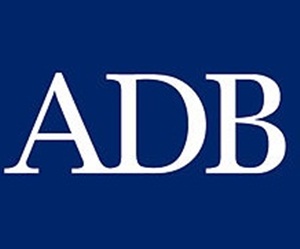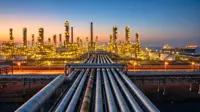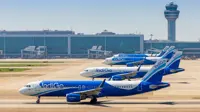Economic growth in India will pick up momentum in the current financial year, growing at 7.2 per cent even as growth slackened to 6.5 per cent in fiscal year 2019, following weaker expansion in the first quarter of the year with slower growth in consumption and investment affecting the manufacturing and service sectors, according to the Asian Development Bank.

In an update released on Wednesday of its flagship economic publication, Asian Development Outlook (ADO) 2019, ADB says that proactive policy interventions along with a recovery in domestic demand and investments will likely see the economy pick up in FY2020, growing by 7.2 per cent.
In July, ADB had forecast 7.0 per cent growth in GDP for FY2019 and 7.2 per cent in FY2020.
“India will remain one of the fastest-growing economies in the world this year and next year as the government continues to implement policy reforms and interventions to strengthen economic fundamentals,” said ADB chief economist Yasuyuki Sawada.
Significant corporate tax cuts, announced by the government on 20 September, will uplift private investment, including foreign direct investments, and enhance India’s global competitiveness. Bank recapitalisation, support measures for nonbanking financial companies, and cuts in monetary policy rates should improve the health of the financial sector, while increasing the credit flow to industry and infrastructure projects, ADB pointed out.
Other measures, such as a direct income support for small farmers, a tax relief for low-income taxpayers, and reduced loan interest rates are expected to boost rural and urban consumption across the country. Fast-tracking of goods and services tax refunds should provide an important boost to small and medium-sized firms that have been constrained by a shortage of working capital. Implementation of these measures will brighten prospects for India’s economy in FY2020, it added.
ADB said risks to the Indian economy remain tilted to the downside given the weak global economy and, on the domestic front, the lag between growth-enhancing measures and the impact on demand.
Indian exports are likely to be hit by subdued overseas demand and rising trade tensions, and the current account deficit will be 2.2 per cent in FY2019 and 2.5 per cent in FY2020. Foreign direct investment could get a boost in FY2019 and FY2020 as the trade tensions between the United States and the People’s Republic of China may push some businesses to move part of their operations to India. To capitalise on this, the government would do well to improve investment climate and further liberalise investment regulations, the report says.
ADB has predicted inflation rate in India to remain benign for both FY2019 and FY2020 at 3.5 per cent and 4.0 per cent, respectively, both within the central bank target range, as food prices remain stable.
For developing Asia, ADB says gross domestic product is forecast to slow from 5.9 per cent in 2018 to 5.4 per cent in 2019 and 5.5 per cent in 2020. Inflation across developing Asia is forecast to increase from 2.5 per cent in 2018 to 2.7 per cent this year and in 2020. Overall growth in developing Asia is moderating but remains robust, it added.
As global trade slows and investment weakens, regional growth forecasts are trimmed from Asian Development Outlook 2019 by 0.3 percentage points for 2019 and by 0.1 points for 2020 compared to April forecasts. The revisions reflect gloomier prospects for international trade and evidence of slowing growth in the advanced economies and the People's Republic of China, as well as in India and the larger economies in East and Southeast Asia.
Inflation remains benign in the region, but pressure is building slightly as food prices rise. Inflation across developing Asia is forecast at 2.7 per cent this year and next, or 0.2 percentage points up from April forecasts.
ADB said it is committed to achieving a prosperous, inclusive, resilient, and sustainable Asia and the Pacific, while sustaining its efforts to eradicate extreme poverty. In 2018, it made commitments of new loans and grants amounting to $21.6 billion. Established in 1966, it is owned by 68 members— 49 from the region.























